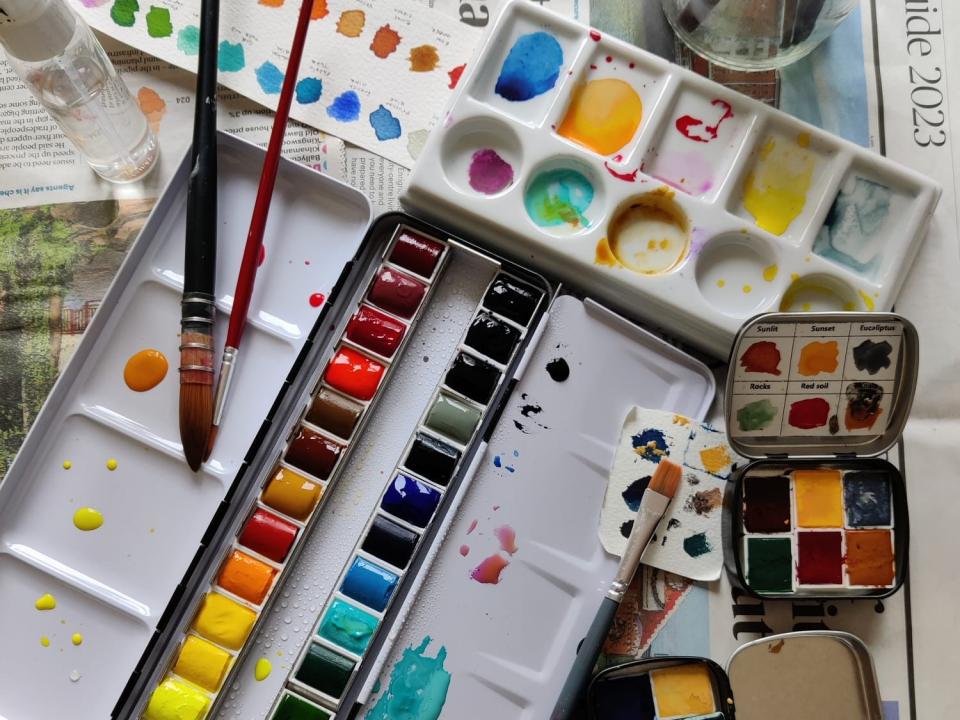
Creative Arts Therapy – ‘It’s a lovely way of working with people’
For families of children who are going through cancer treatment, it can understandably be hard to find the sweet music in life at such a tough time.
For the Creative Arts Therapists accredited by IACAT (Irish Association of Creative Arts Therapists), that is just what they seek to provide to help people through it all.
That said, Creative Arts Therapies encompass much more than just music, explains IACAT member Róisín Hayes, and include Dance Movement Therapy, Dramatherapy, Art Therapy and Expressive Arts Therapy.
These are usually accessible for children through a referral from members of their care team or family member. Many cancer support centres throughout Ireland receive funding from the Irish Cancer Society to provide creative arts therapies for children with cancer and their siblings or caregiver closer to home.

“Creative Arts Therapy is essentially using the arts as a tool to help with something: that could be communication and speech work; it could be lung health; it could be emotional support and coping; pain or sleep management; help with movement and expression,” says Róisín, who is herself a Music Therapist.
IACAT has over 500 members providing creative arts therapies nationwide. Róisín explains that the Creative Arts Therapies are in the category of psychotherapy and therefore practitioners are required to have a Masters Level 9 Qualification from an IACAT accredited university course.
“There’s a lot that the Creative Arts Therapies can help with, and it’s a lovely way of working with people. CHI Crumlin for example has a big Music Therapy department for children, and they have a Music Therapist that works in the oncology unit specifically, so there’s a lot going on that people don’t realise.”
In the case of children and teenagers receiving treatment for cancer, the therapist will assess the patient and their family following a referral.
“It tends to be very individualised, depending on the needs of the patient.
In the case of Music Therapy, treatment could include anything from playing music, to singing, song-writing, listening, creating playlists, moving to music – pretty much anything you can think to do.
"It tends to be participatory rather than passive listening,” says Róisín.
“It’s a great motivator for a lot of things, and a good outlet for difficult emotions – you can bang on a drum for example, or scream down a microphone!
“We can explore very deep psychological issues, whether it be trauma, processing difficult medical situations. Families and staff get a lot out of it as well.”
For more information on Creative Arts Therapy options near you visit www.IACAT.ie or email SupportLine@IrishCancer.ie
